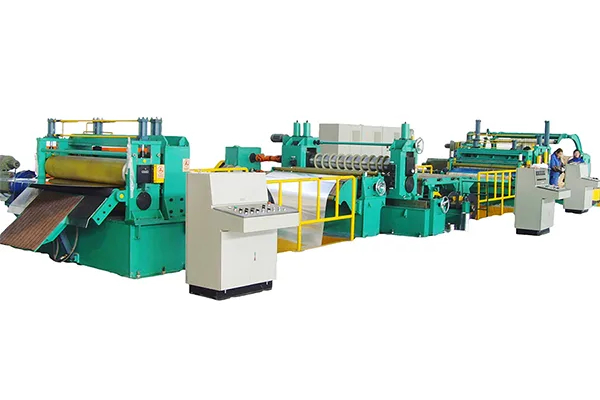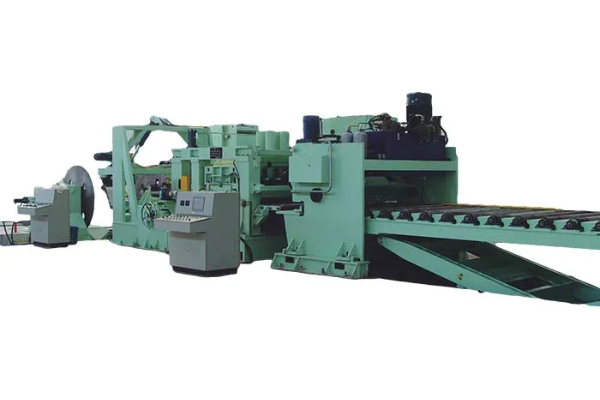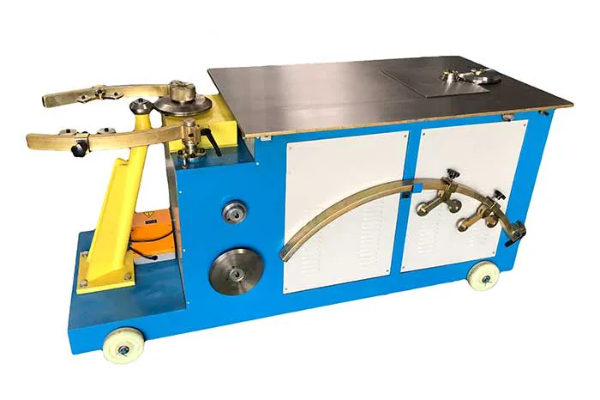
Choosing Between Manual and Hydraulic Plate Bender Machines
- By:Metmac
- 2024-07-08
- 179
Choosing Between Manual and Hydraulic Plate Bender Machines: Bending the Metal Enigma
Introduction:
In the labyrinthine realm of metalworking, where precision and strength collide, the choice between manual and hydraulic plate bender machines becomes an enigma that can unravel the path to success. Embark on a journey to decipher the distinctions between these formidable tools, unraveling the mysteries that shape the perfect bend.
Manual Plate Benders: Brute Strength Amidst Simplicity
Manual plate benders embody the essence of raw power and unyielding craftsmanship. These machines harness human might, allowing operators to exert precise control over the bending process. Their straightforward design and affordability make them ideal for small-scale workshops and hobbyists. However, manual benders require substantial physical effort, limiting their capacity for heavy-duty tasks.
Hydraulic Plate Benders: Precision Power Unleased
Hydraulic plate benders, on the other hand, unveil a realm of enhanced precision and effortless bending. Utilizing hydraulic fluid as the driving force, these machines deliver a remarkable level of control and accuracy. Their superior power enables them to handle thicker materials with ease, making them indispensable for industrial applications. However, their higher price tag and maintenance requirements can be a consideration.
Evaluating Key Factors:
Capacity and Thickness:
Determine the maximum thickness and length of plates you need to bend. Hydraulic benders offer higher capacity, while manual benders are suitable for thinner materials.
Precision:
Hydraulic benders provide exceptional precision due to their smooth and consistent hydraulic pressure. Manual benders offer less precision, requiring skilled operators.
Ease of Use:
Hydraulic benders are easier to operate, reducing operator fatigue. Manual benders require more physical effort, but provide greater flexibility for custom bending.
Portability:
Manual benders are typically more portable, making them suitable for on-site work. Hydraulic benders are heavier and require a dedicated workspace.
Conclusion:
Whether you choose the rugged reliability of manual plate benders or the advanced capabilities of hydraulic machines, the decision hinges on the specific requirements of your project. By carefully considering capacity, precision, ease of use, and portability, you can decipher the metal enigma and unlock the bending power that will shape your creations with unwavering accuracy and efficiency.
-
Mastering Form and Force: A Guide to Modern Metal Plate Bending Machines
2025/12/16 -
Demystifying Sheet Metal Laser Cutting Machine Price: The METMAC Value Perspective
2025/12/16 -
Metal Sheet Machinery: The Engine of Modern Fabrication and the METMAC Advantage
2025/12/16 -
Beyond the Bend: The Power and Precision of the Modern Sheet Profile Machine
2025/12/16
-
Advanced Sheet Metal Rolling, Laser Cutting, and Folding Machines for Precision Fabrication
2025/10/31 -
High-Performance Sheet Metal Bending and Cutting Machines for Modern Fabrication
2025/10/31 -
High-Quality Sheet Metal Equipment for Sale: Efficient Solutions for Modern Manufacturing
2025/10/31 -
High-Performance Sheet Metal Equipment for Sale: Forming and Shearing Solutions for Modern Fabrication
2025/10/22
-
A Guide to the Latest Innovations in Sheet Metal Folding Machines
2024/11/29 -
Key Features to Consider When Investing in a Sheet Metal Folding Machine
2024/11/28 -
Enhancing Precision with Advanced Sheet Metal Folding Machines
2024/11/27 -
How to Choose the Right Sheet Metal Folding Machine for Your Workshop
2024/11/26







